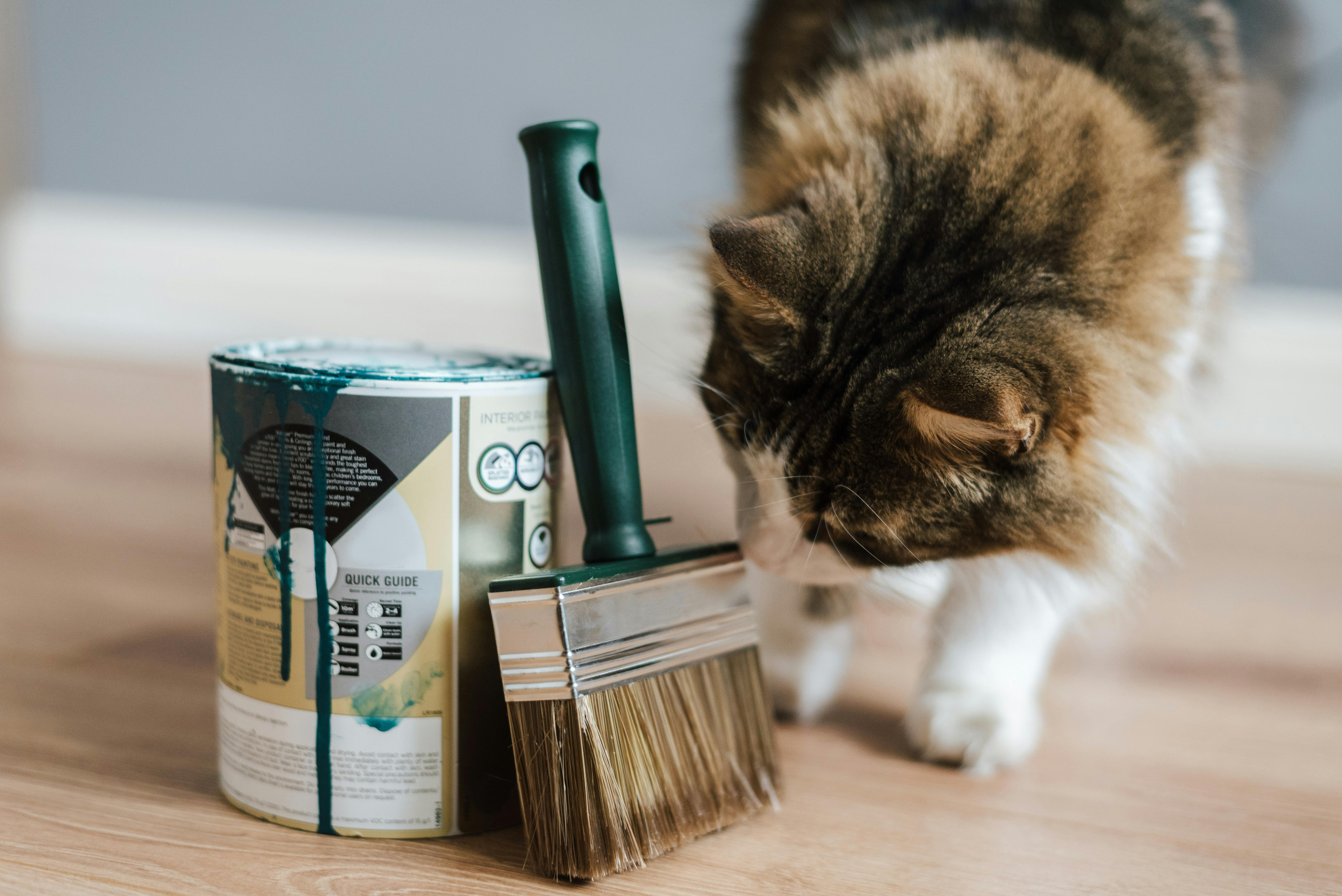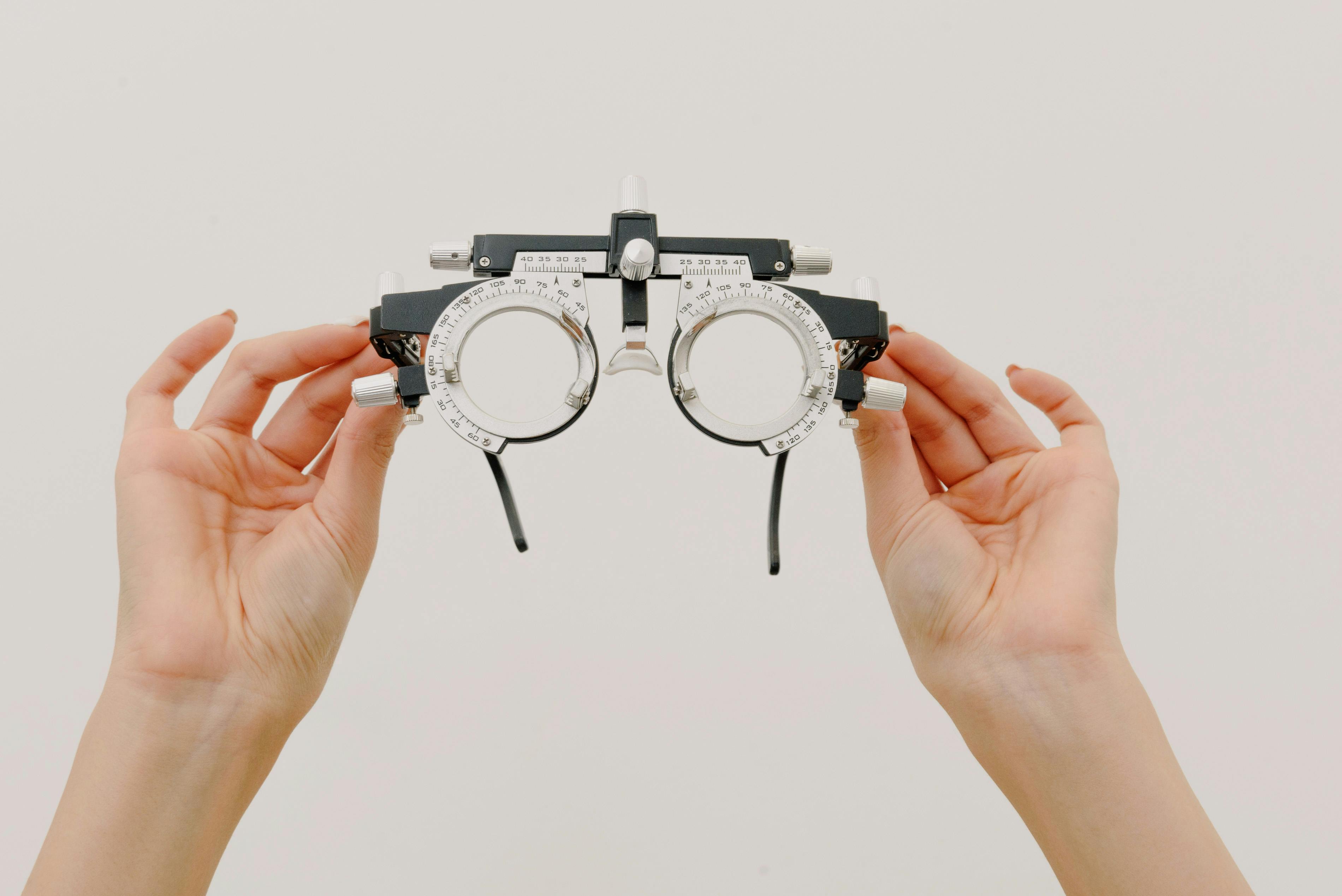The MiniDisc (MD) was first introduced to the market by Sony in 1992 as a replacement for the audio cassette. Developed in the late 1980s, MD used a magneto-optical system to store recorded data in real time on rewritable media. The data can be accessed randomly, allowing fast search time and easy editing relative to linear access of cassette media. The data was encoded and stored in a compressed format called Adaptive Transformation Acoustic Coding (ATRAC). The ATRAC compression rate of 292 kbps, called SP, allowed to store 60, 74 and 80 minutes of music on a disc that could contain 20, 25 and 28 minutes of music in CDaudio quality, .WAV format.
The first MD machine was the MZ-1 recorder, which retailed for approximately $ 750. It had line inputs for optical, single-line RCA audio, and microphone. Its line outputs were for headphones and optical, but optical line output was an option that was discontinued in later versions of portable MD units. Sony licensed MD technology to other companies, and soon Kenwood, Panasonic, Sharp, and others released their own MD units, both separate recorders and players. To promote the integration of MD as the replacement medium for the cassette, Sony offered the first home MD deck, MDS-101, and the first in-dash car unit, C670RDS, in 1994. Throughout the 1990s And in the next decade, MD ruled supreme as a portable audio and recording medium in East Asia, but never developed a widespread audience in North America and Europe.
In 2000, Sony introduced a new encoding method, MiniDisc Long Play (MDLP), which had two formats LP2 and LP4. LP2 expanded the capacity of a disc from 80 minutes to 160 minutes by recording data at a compression rate of 132 kbps and LP4 expanded the capacity of a disc from 80 minutes to 320 minutes using 66 kbps. Both SP and LP2 used separate stereo coding with discrete left and right channels, while LP4 used joint stereo coding.
In 2002, Sony introduced NetMD, which allowed the transfer of music files from the computer to the MD via a USB connection. The software, SonicStage (SS), quickly developed a bad reputation for freezing systems, the appearance of errors with operations performed successfully minutes before, restrictions on the number of times a file could be verified, and the need for large quantities system resources for its operation. . While SS, now called SonicStage CP (SSCP), has become an easy-to-use and streamlined program, product reviewers and DAP users still remember the memories of its first release and upgrade when considering new Sony gear.
Sony’s marketing also sparked resentment among new MD users through NetMD. On its websites and on product boxes, Sony stated that NetMD could play MP3 files. What Sony did not clarify was that the MP3 file had to be imported to SS and recoded to ATRAC before it could be transferred to MD. Importing and recoding added time to complete transfer to disc and decreased the quality of the original MP3 file.
NetMD product retailers also contributed to the negative sentiment by selling the product on its lacking merits. Being unfamiliar with NetMD, many retailers mistakenly informed customers that files could be transferred from the NetMD drive to the computer. Based on this information, users would transfer files to an MD disk and delete the source file from their computer thinking it was available for future reloading. The bi-directional transfer of files between the computer and the MD did not occur until Hi-MD was released.
In 2004, Sony revamped the MD product line with the introduction of Hi-MD. This new format introduced 1GB disk memory, backward compatibility with non-Hi-MD discs, the ability to use Hi-MD as a USB connected drive, and the ability to load ATRAC files encoded in Hi-MD file formats. . For the field recorder, the biggest improvement was the ability to write files in an uncompressed format called Linear PCM, which could easily be re-encoded into CD-quality .WAV files. Unfortunately, no other company chose to release Hi-MD portable units, but Onkyo added Hi-MD to a number of home shelf stereos and mini-component systems. While Hi-MD has never found its way into home or car covers, companies like Marantz, Teac, and Kenwood continue to release MDLP-capable covers for such situations.
The latest version of a portable MD unit was the Hi-MD recorder, MZ-RH1, in April 2006. This unit expanded the loading capabilities of early Hi-MD units by allowing the loading of pre-Hi-encoded files – MD file formats. This could be a sign that Sony wants to break free from the legacy of MD by allowing users to move all their data from MD to their computer.
Regardless of Sony’s next move, the MD format has plenty of fans, both casual and uncompromising. The ability to copy music from external sources, in real time, without relying on a computer keeps many radio users in the fold. With the variety of drives and styles of blank discs available over the past 15 years, collectors who enjoy using their equipment and displaying their collection online and in person to anyone willing to look have evolved. Occasional users of portable audio, field and radio recorders and collectors will keep MD alive even if manufacturers don’t release more products. MD is a format that requires a bit more personal attention than simply downloading from an online music store and this creates a connection to music and the medium that cannot be replaced by drag-and-drop digital audio players.



